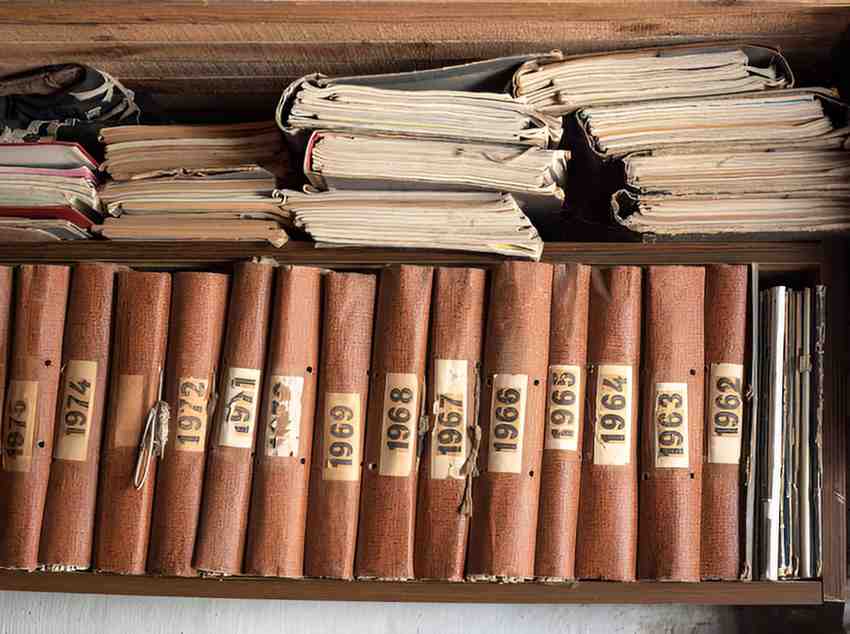The financial world is vast, complex, and often intimidating for beginners. One of the most fundamental yet misunderstood concepts is the spot market. As someone who has spent years navigating the intricacies of finance and accounting, I’ve come to appreciate the elegance and simplicity of the spot market. In this guide, I’ll break down what the spot market is, how it works, and why it matters. Whether you’re a novice investor, a curious student, or someone looking to deepen your financial knowledge, this article will provide a comprehensive understanding of instant transactions in the spot market.
Table of Contents
What Is the Spot Market?
The spot market is where financial instruments, such as commodities, currencies, and securities, are traded for immediate delivery. The term “spot” refers to the fact that transactions are settled “on the spot,” meaning the buyer pays for and receives the asset almost instantly. This contrasts with futures or forward markets, where delivery occurs at a later date.
For example, if I buy 100 shares of Apple stock on the spot market, I pay for and receive those shares immediately. The transaction is settled within a short period, typically one to two business days, depending on the asset and market regulations.
Key Characteristics of the Spot Market
- Immediate Settlement: Transactions are settled quickly, often within T+2 (two business days after the trade date).
- Transparent Pricing: Prices are determined by supply and demand, making them highly transparent.
- Liquidity: The spot market is often highly liquid, especially for popular assets like major currencies and blue-chip stocks.
- Physical or Cash Delivery: Depending on the asset, delivery can be physical (e.g., gold bars) or cash-based (e.g., currency exchange).
How Does the Spot Market Work?
To understand the spot market, let’s break down the mechanics of a typical transaction.
Step 1: Price Discovery
Price discovery is the process by which the market determines the fair price of an asset. In the spot market, this happens through the interaction of buyers and sellers. For example, if I want to buy crude oil, I’ll look at the current spot price, which reflects the market’s consensus on its value at that moment.
The spot price is influenced by factors like supply and demand, geopolitical events, and economic data. For instance, if a hurricane disrupts oil production in the Gulf of Mexico, the spot price of crude oil might spike due to reduced supply.
Step 2: Placing an Order
Once I’ve identified the spot price, I can place an order through a broker or trading platform. There are two main types of orders:
- Market Order: This executes immediately at the current spot price.
- Limit Order: This executes only if the spot price reaches a specified level.
For example, if the spot price of gold is \$1,800 per ounce, I might place a limit order to buy at \$1,790. If the price drops to that level, my order will be executed.
Step 3: Settlement
After the trade is executed, the settlement process begins. In the US, stock transactions typically settle within T+2. For currencies, settlement is often T+2 as well, though some pairs (like USD/CAD) settle in T+1.
During settlement, the buyer’s account is debited, and the seller’s account is credited. For example, if I buy 100 shares of Tesla at \$700 per share, my brokerage account will be debited \$70,000, and the shares will be credited to my account within two business days.
Spot Market vs. Futures Market
To fully grasp the spot market, it’s helpful to compare it with the futures market.
| Aspect | Spot Market | Futures Market |
|---|---|---|
| Settlement | Immediate (within T+2) | Future date (e.g., 3 months from now) |
| Purpose | Immediate delivery | Hedging or speculation |
| Pricing | Spot price | Futures price (includes time value) |
| Liquidity | High for popular assets | Varies by contract |
For example, if I’m a farmer growing wheat, I might use the futures market to lock in a price for my crop months in advance. But if I’m a baker needing wheat today, I’ll use the spot market to buy it immediately.
Examples of Spot Market Transactions
Let’s look at a few real-world examples to illustrate how the spot market operates.
Example 1: Currency Exchange
Suppose I’m planning a trip to Europe and need euros. I check the spot exchange rate for USD/EUR, which is 1.12. This means 1 US dollar buys 1.12 euros. If I exchange \$1,000, I’ll receive:
1,000 \times 1.12 = 1,120 \text{ euros}The transaction settles within T+2, and I receive the euros in my account.
Example 2: Buying Gold
Imagine I want to buy gold as a hedge against inflation. The spot price of gold is \$1,800 per ounce. If I buy 10 ounces, the total cost is:
10 \times 1,800 = \$18,000The gold is delivered to my account, and the transaction settles within T+2.
Example 3: Stock Purchase
Let’s say I want to invest in Amazon stock. The spot price is \$3,000 per share. If I buy 5 shares, the total cost is:
5 \times 3,000 = \$15,000The shares are credited to my brokerage account within T+2.
Advantages of the Spot Market
- Simplicity: Transactions are straightforward and easy to understand.
- Transparency: Prices are determined by market forces, reducing the risk of manipulation.
- Liquidity: Popular assets can be bought and sold quickly without significantly impacting the price.
- Immediate Ownership: Buyers gain immediate ownership of the asset, which is useful for both investment and consumption purposes.
Risks of the Spot Market
While the spot market offers many benefits, it’s not without risks.
- Price Volatility: Spot prices can fluctuate rapidly, leading to potential losses.
- Counterparty Risk: There’s a risk that the other party may default on the transaction.
- Liquidity Risk: Less popular assets may be harder to buy or sell quickly.
For example, if I buy a volatile cryptocurrency on the spot market, its price could drop significantly before the transaction settles, resulting in a loss.
The Role of the Spot Market in the Economy
The spot market plays a crucial role in the global economy. It facilitates the immediate exchange of goods, services, and financial instruments, enabling businesses and individuals to meet their needs efficiently.
For instance, airlines use the spot market to buy jet fuel, ensuring they can operate their flights without interruption. Similarly, importers and exporters rely on the spot market to exchange currencies, enabling international trade.
Mathematical Foundations of the Spot Market
To deepen your understanding, let’s explore some of the mathematical concepts underlying the spot market.
Spot Price Calculation
The spot price (S_t) of an asset is determined by its current supply and demand. For financial assets, it can also be influenced by interest rates and dividends.
For example, the spot price of a stock can be modeled as:
S_t = S_0 \times e^{(r - q)t}Where:
- S_0 is the initial price,
- r is the risk-free interest rate,
- q is the dividend yield,
- t is the time to maturity.
Arbitrage in the Spot Market
Arbitrage is the practice of exploiting price differences between markets. In the spot market, arbitrage opportunities arise when the same asset is priced differently in two markets.
For example, if gold is trading at \$1,800 per ounce in New York and \$1,810 in London, I could buy gold in New York and sell it in London, earning a risk-free profit of \$10 per ounce.
Conclusion
The spot market is a cornerstone of the global financial system, enabling instant transactions for a wide range of assets. By understanding its mechanics, advantages, and risks, you can make informed decisions and navigate the financial landscape with confidence. Whether you’re trading currencies, commodities, or stocks, the spot market offers a transparent and efficient way to meet your needs.





